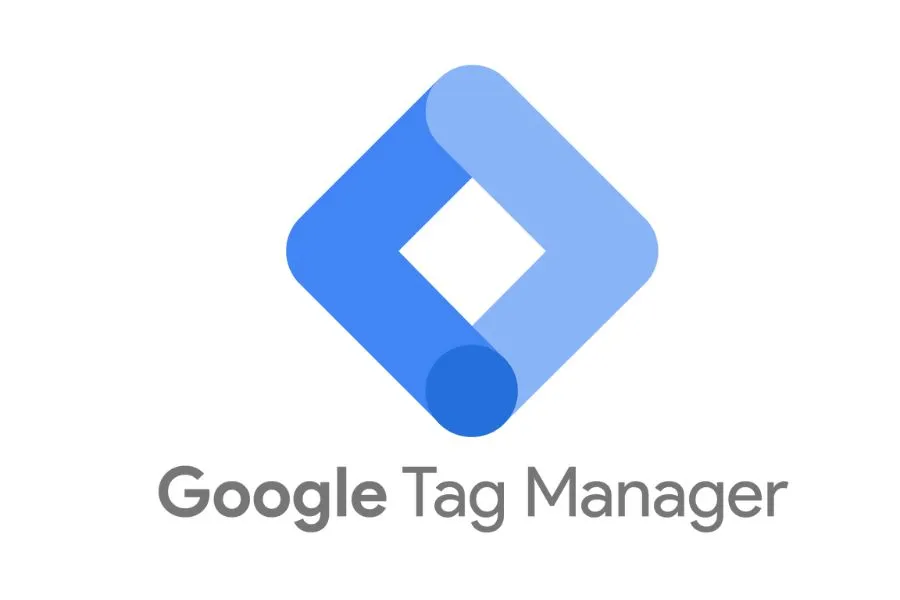In the digital age, data is currency, and nowhere is that more evident than in the world of eCommerce. Business owners who want to remain competitive must move beyond surface-level analytics and embrace advanced tracking solutions. That’s where tag management comes in. Tools like Magento GA4 ecommerce provide invaluable insights, but without proper tag management, much of that potential is wasted.
The Basis of the Clever Tracking

Tag management is the process through which digital marketers and developers manage and implement marketing tags (snippet of code) in their websites. These tags trace user behaviour, conversion, product interest, advert performance among others. Inserting them manually into the code of your site will not only lead to an even greater risk of their incorrect insertion, but also will become almost unmanageable in large quantities.
A centralized tag management system such as Google Tag Manager, and in particular one that is customized to work with Magento 2, allows teams to modify, insert, or delete tracking tags easily without needing to solicit continuous development assistance. In addition to saving time and reducing complexity, it enables marketers to conduct A/B tests, retargeting campaigns, and conversion tracking with more agility.
Why Manual Tagging is not Sufficient
Depending on manual tagging, you may end up with outdated scripts, redundancy in the code, or data issues that affect the precision of your analytics. For eCommerce businesses, this may result in sales being improperly credited, leading to the loss of potential clients in marketing campaigns and, consequently, a loss of revenue. The scale of your store will be paralleled by the complexity of the interactions tracking process, particularly when you use several tools, including Google Analytics 4 (GA4), Facebook Pixel, or Hotjar.
Tag management systems provide a centralized control center, simplifying the deployment of tags with minimal impact on site performance. They also enable the conditional firing of tags, allowing you to track only selected events as needed, such as when a user completes a purchase or arrives at a thank-you page.
eCommerce should not be a Guessing Game
To better understand your customer, provide a better UX, more conversions, and a better sales approach, you must have a system of tracking in place. E-commerce platforms such as Magento offer numerous customization options, but without a method to track your clients on your site, you are flying blind. Tag manager with Magento GA4 eCommerce capabilities provides your tracking with granularity and flexibility.
As an illustration, you can track which categories of products attract the most attention, at which stage of the checkout process users lose interest, and which marketing campaign results in actual purchases. It is these insights that enable businesses to make informed decisions, rather than making decisions based on assumptions.
The Power of Google Tag Manager to Magento 2

Magento is an excellent e-commerce platform; however, it may be its undoing due to its flexibility, which requires proper management. A special tool, such as Google Tag Manager Magento 2, can assist store owners in introducing order into the mess. It provides seamless integration with GA4, improved e-commerce tracking, and the option to create events and triggers using customer behavior without requiring changes to the core code.
Such a system is ideal for marketing teams that want to iterate quickly. Looking to know how many people are clicking on a time-limited banner or how many people are clicking your coupon field? It is a matter of a few clicks with tag management. Additionally, not hardcoding every script into your store will result in faster loading times, improved SEO, and enhanced customer satisfaction.
eCommerce Tracking of the Future
Tag management is no longer a luxury. It serves as a foundation for trustworthy and expandable online marketing within the e-commerce sector. Businesses require increased control over their data more than ever before, due to the changing rules regarding privacy and the emergence of new platforms, such as GA4, as the new norm. Absent such a system as Google Tag Manager, consent, cookie opt-in, and user-level tracking is a regulatory nightmare.
As an increasing number of consumers demand a personalized experience, the need for detailed and precise behavioral data continues to rise. Tag management fills the gap between customer activity and action as your systems perceive it.
Conclusion
In a data-powered world, accuracy and flexibility are essential. E-commerce companies can no longer get away with using old, manual tracking systems. Tag management allows you to control campaigns, enhance user experience, and make informed business decisions when you have a large Magento store or scale a startup. With solutions such as Google Tag Manager and Magento 2, you can not only learn how to master the analytics of your store, but you must.

